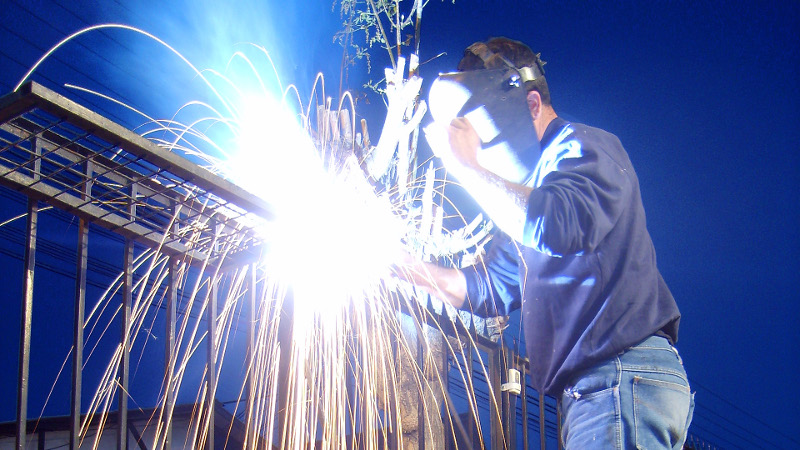Community, Leadership, Experimentation, Diversity, & Education
Pittsburgh Arts, Regional Theatre, New Work, Producing, Copyright, Labor Unions,
New Products, Coping Skills, J-O-Bs...
Theatre industry news, University & School of Drama Announcements, plus occasional course support for
Carnegie Mellon School of Drama Faculty, Staff, Students, and Alumni.
CMU School of Drama
Subscribe to:
Post Comments (Atom)

4 comments:
This article really proves how mileage varies vastly in the fabrication industry and how everyone really does have a different way you are “supposed” to do a task. Ben Carter is always telling us if you ask four fabricators how to do a process, they will have four different answers and would argue endlessly, and it seems like this guy got the same reaction to his welding technique. I am pretty sure Ben taught us not to grind our welds, because while the appearance may not reflect the integrity of the weld, but grinding the weld down may only make the weld worse. I think I might send this article to Ben and get his opinion on the content. I think that the discussion of 10 thousand hours makes you a master concept created in this article and in the comments section is also very interesting. As fabricators for theatre, we do a lot of different types of fabrication, and I would not be surprised if theatre fabricators/TDs do 10 thousand hours of work (about 10 years of work) in one fabrication type over their career. I guess that makes me wonder if TD’s could ever be considered masters of their craft if that craft is constantly changing in its nature.
As a beginner welder, I have been torn between grinding down my welds or not. When I talked to my Master Carp from this summer about it he said, “A grinder and paint will make you the welder you ain’t.” While this is just a funny axiom, it still has some importance in this discussion. If your weld holds and is solid, does it matter about how pretty it really is on the outside? I guess that could be an indication of the integrity, but I know I have made good looking welds that have failed before, so it does not show you everything. I like the idea of grinding your weld to see what is going on on the inside of it. This is something I have never really thought about before. I assumed grinding welds would just make them weaker, but I guess if it really is a good weld, it should be solid all the way through and not just where the bead is.
Having only spent six weeks welding, I’m definitely a beginner at the art. This author talked about whether it’s easier to see the integrity of the weld with or without the bead. For showing off that you’re a competent welder, cutting the weld open would be excellent proof. From a purely practical standpoint, is it worth the time to grind it down? Grinding it adds the overhead of time, an extra tool, and going through grinder pads, however if you need that aesthetic, you have to do what you have to do. If the weld is purely structural, then there’s no sense in grinding it down, but if it needs to look smooth, you have to spend that extra time. The guy I learned to weld from took a course and got certified, and he told me they tested his welds by cutting it open and seeing if the pool had dispersed. It’s a matter of aesthetics.
As everyone has pointed out, the only thing you can get fabricators to agree on is that they will disagree about everything. Welding is one of these unique fields that combines both very precise and calculated engineering with 'feel' and experience, which explains the countless ways people have learned the trade. When it comes to grinding welds, I think there is something to be said on both ends of the spectrum. While grinding down a weld can certainly expose pitting and other structural weaknesses, it doesn't necessarily give a good grasp of penetration, the other crucial structural factor where you would really need to do a cross section and etch of the joint. On the other end, a pretty bead certainly doesn't mean a good weld, and without the knowledge if everything was prepared and executed correctly, it can be a good check to see if everything properly fused. At the end of the day, though, in theatre we really care about whether its safe, fast, and effective. If grinding your welds helps achieve a certain look or helps flush up facing, then certainly grind those welds. Otherwise, I think it can slow you down significantly without any major benefits (especially for many of the non-structural welding we do).
Post a Comment